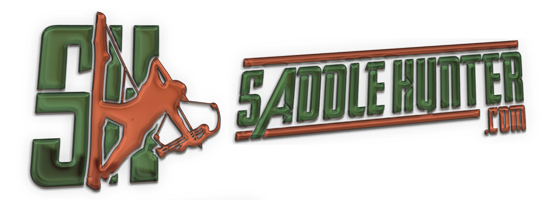-
The SH Membership has gone live. Only SH Members have access to post in the classifieds. All members can view the classifieds. Starting in 2020 only SH Members will be admitted to the annual hunting contest. Current members will need to follow these steps to upgrade: 1. Click on your username 2. Click on Account upgrades 3. Choose SH Member and purchase.
-
We've been working hard the past few weeks to come up with some big changes to our vendor policies to meet the changing needs of our community. Please see the new vendor rules here: Vendor Access Area Rules
You are using an out of date browser. It may not display this or other websites correctly.
You should upgrade or use an alternative browser.
You should upgrade or use an alternative browser.
Preferred carabiner orientation?
- Thread starter 2COR517
- Start date
When using a carabiner for rappelling or attaching your harness to a belay device, it is generally recommended to have the gate facing up. This orientation helps prevent the rope from accidentally unclipping and ensures that the carabiner is less likely to cross-load, which is a dangerous situation where the force is applied to the weaker axis of the carabiner.
Thank you. Makes sense.When using a carabiner for rappelling or attaching your harness to a belay device, it is generally recommended to have the gate facing up. This orientation helps prevent the rope from accidentally unclipping and ensures that the carabiner is less likely to cross-load, which is a dangerous situation where the force is applied to the weaker axis of the carabiner.
muzzyman88
Active Member
- Joined
- Jan 5, 2021
- Messages
- 133
Gate facing you and down is what I have always heard and been taught. Think the saying is "screw down so you don't screw up" or something like that.
- Joined
- Jan 17, 2019
- Messages
- 6,945
When rock climbing with carabiners clipped to anchors and the rope passing through them as it goes up a face, if the carabiner isn't locked or doesn't lock, then they have to worry about the rope being whipped down and over the gate and unclipping itself. I don't think those concerns apply to us hanging off a tether. It's way different.
Last edited:
whether getting tethered in on the ground or after climbing with a LB, I generally have the biner facing down simply because I attach the biner to the hitch, ascender, or belay device first before clipping in to my bridge, and I find this orientation easier to clip in this way. I doubt either way matters much in our use, but I'm about efficiency and an easy, repeatable process.
elk yinzer
Well-Known Member
Two competing schools of thought that have already been mentioned
On the gravity side you have "screw up so you don't screw down".
On the OCD side you have no fancy sayings that I know of, but gate up is easier to visually inspect.
I do neither religiously, I think both have merits in different applications. If I had to lean one way, put me on team visual inspection
More importantly I think is taking your time and just committing to habit double checking. Any time you disconnect and reconnect it's critical you double check visually and preferably test the connection points. Your gate can be closed but if you accidentally "clipped in" to a tag end of rope, you're going down.
On the gravity side you have "screw up so you don't screw down".
On the OCD side you have no fancy sayings that I know of, but gate up is easier to visually inspect.
I do neither religiously, I think both have merits in different applications. If I had to lean one way, put me on team visual inspection
More importantly I think is taking your time and just committing to habit double checking. Any time you disconnect and reconnect it's critical you double check visually and preferably test the connection points. Your gate can be closed but if you accidentally "clipped in" to a tag end of rope, you're going down.
- Joined
- Jan 5, 2021
- Messages
- 3,132
I’ve heard so many things about this that it’s dizzying. Seems to me like it’s all application dependent. When I’m rope climbing I like my gate facing me so that I don’t hit the gate with my hands. When I’m tetherd at hunting height, I like my gate facing away from me so that I can’t possibly catch my bowstring on it. One of my saddles has a webbing bridge - and when I’m wearing that I like my gate facing down so that my bridge glides smoothly. And then there are numerous kinds of gates…
I’m just a layman, with no technical knowledge. But it seems to me like there is no singular answer to the question.
I’m just a layman, with no technical knowledge. But it seems to me like there is no singular answer to the question.

